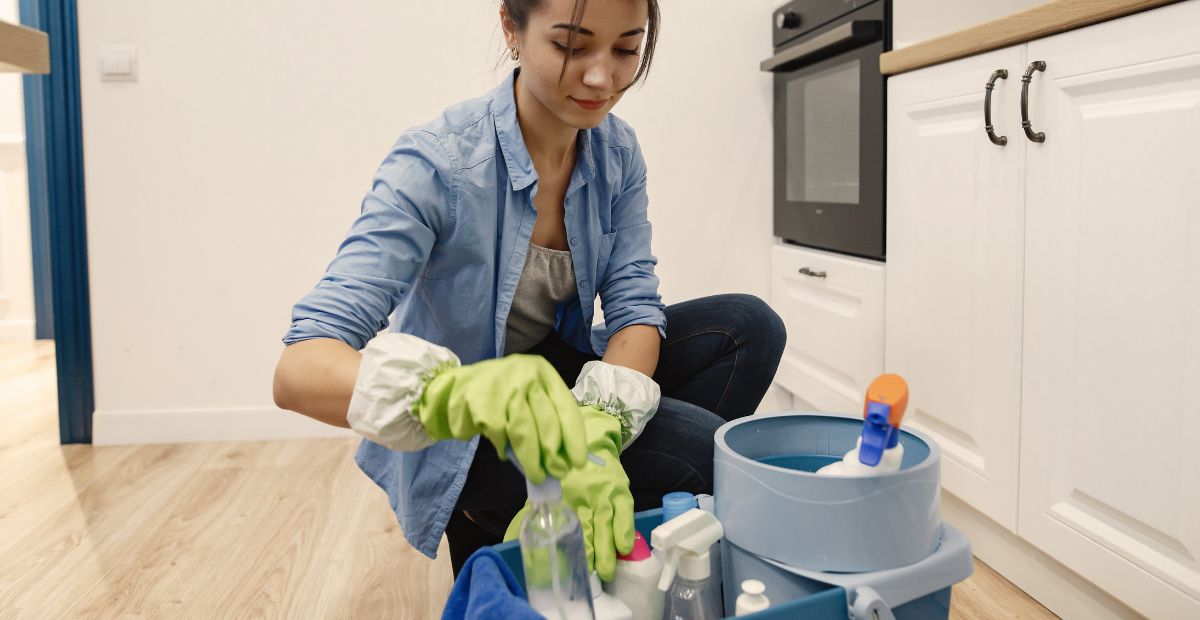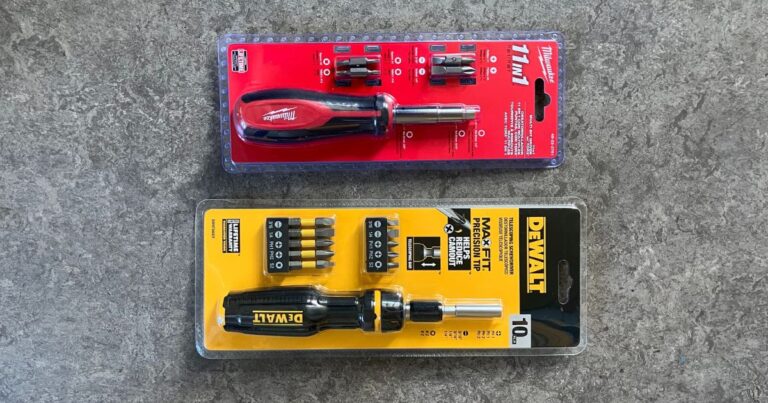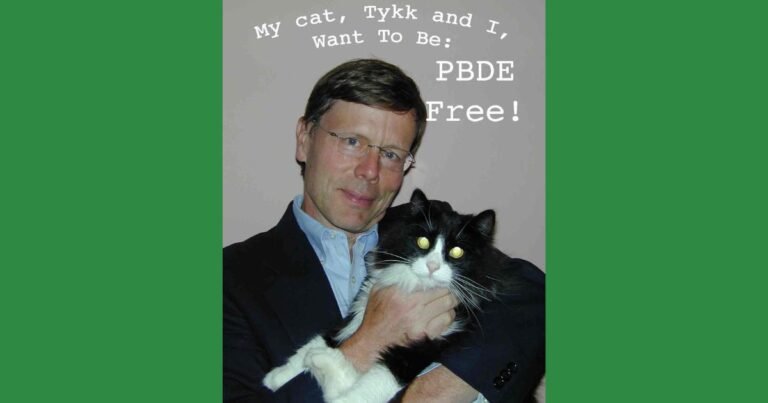Whether we’re cleaning the kitchen and bathroom or doing a load of laundry, no one wants to use products that could expose us to harmful chemicals—especially ones linked to cancer or that could affect our children’s ability to learn and grow.
Safer Choice: A certified win for consumers, businesses, and the environment
The EPA’s Safer Choice label isn’t just another marketing claim—it’s a gold standard in chemical safety. Backed by rigorous scientific review, it’s a trusted certification that ensures that products with its label are made with safer chemical ingredients and are free from hazardous substances like PFAS and phthalates.
The program doesn’t just help consumers and institutional purchasers make informed choices—it also works with product manufacturers to identify and use safer alternatives to hazardous chemicals.
Safer Choice is a win-win-win:
- Businesses can develop safer products backed by a respected certification that is verified by EPA scientists.
- Consumers have a reliable way to choose safer options for their homes and families.
- Public health and the environment benefit from reduced exposure to chemicals linked to cancer, brain and reproductive harm, and pollutants that harm aquatic life and ecosystems.
But the program is under serious threat right now.
Safer Choice is under attack—here’s what’s at stake
Safer Choice has been widely embraced by major retailers like Amazon and Walmart, state and local governments, school systems, and health care providers. And Congress passed a provision in the 2025 military spending bill that requires the Department of Defense to purchase Safer Choice-certified cleaning products, whenever possible, for use on military installations.
Despite its success and popularity, the program faces serious threats. In addition to the budget cutting challenges it faces in the Congressional appropriations process, the Project 2025 blueprint—a sweeping plan to roll back federal government programs—calls for “privatization” of Safer Choice.
That could be the death knell for the program’s credibility.
Unlike vague or unregulated marketing claims like “all-natural” or “non-toxic,” the Safer Choice label guarantees a transparent, science-based review by EPA experts. If the program is handed over to private industry, the integrity of its certification—and the trust it has earned from consumers and businesses—could be lost.
Businesses and advocates are standing up for Safer Choice
Allies like the American Sustainable Business Network (ASBN) and the Household and Commercial Products Association (HCPA) are acting. Together, they have sent a letter urging EPA Administrator Lee Zeldin to protect the program, signed by more than 250 businesses (as of this writing), including major brands such as BASF, Clorox, Seventh Generation, Staples, and Unilever.
Toxic-Free Future and our allies will continue to contact members of the Congressional appropriations committees to urge them to protect Safer Choice in their fiscal year 2026 spending bills.
Safer Choice is too important to lose
Safer Choice is working. It’s popular. It’s science-based. And it’s protecting people and the planet from toxic harm.
Now more than ever, we must ensure it continues.





